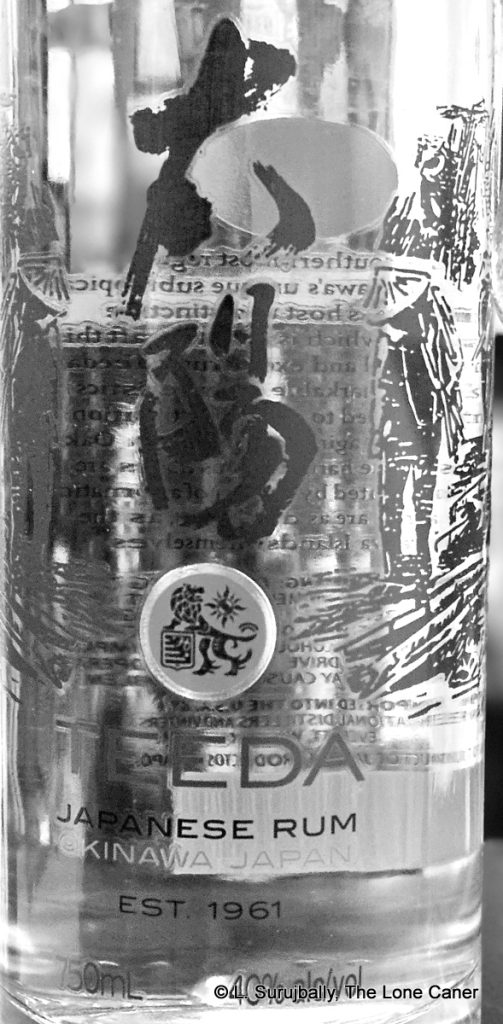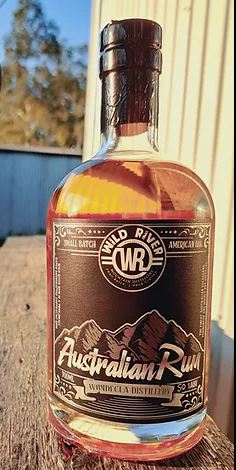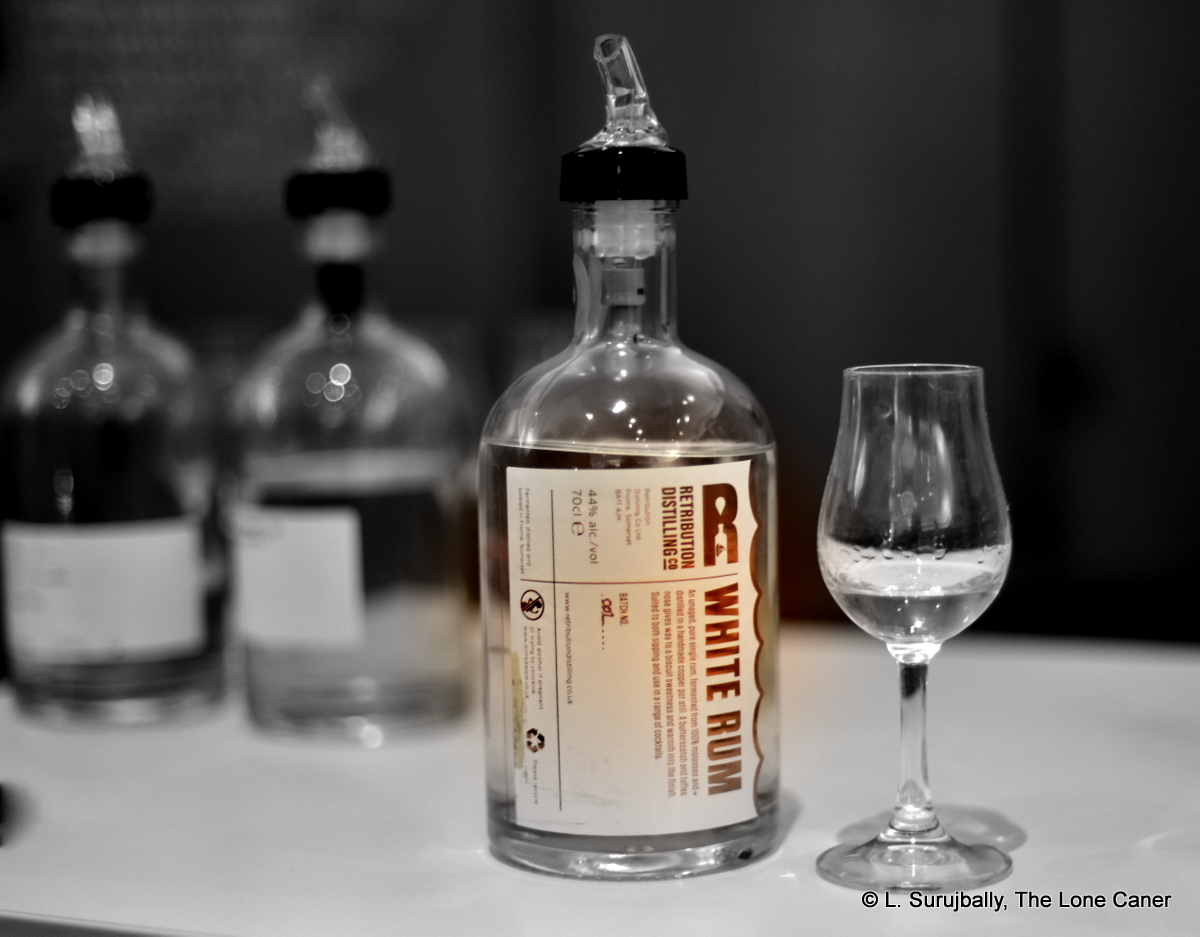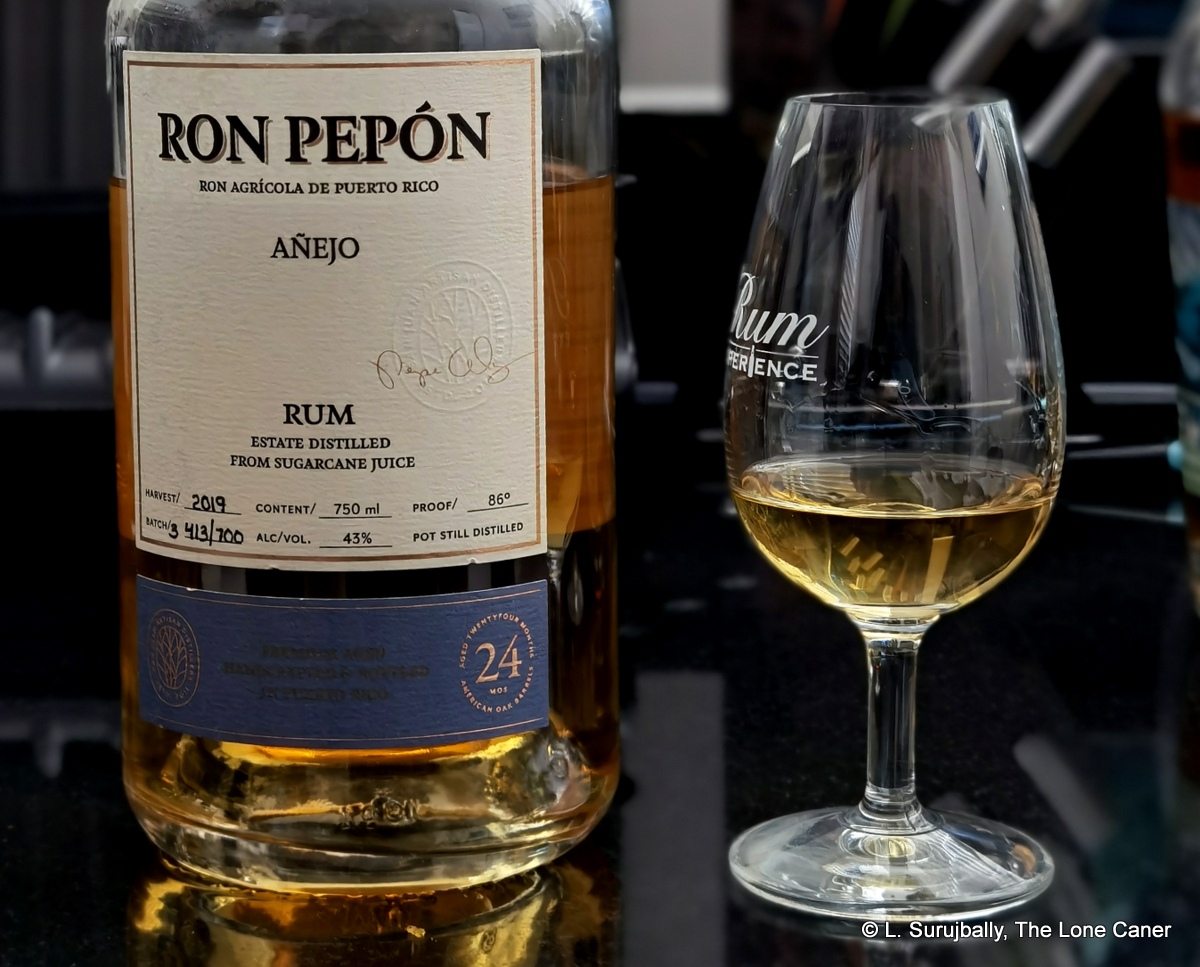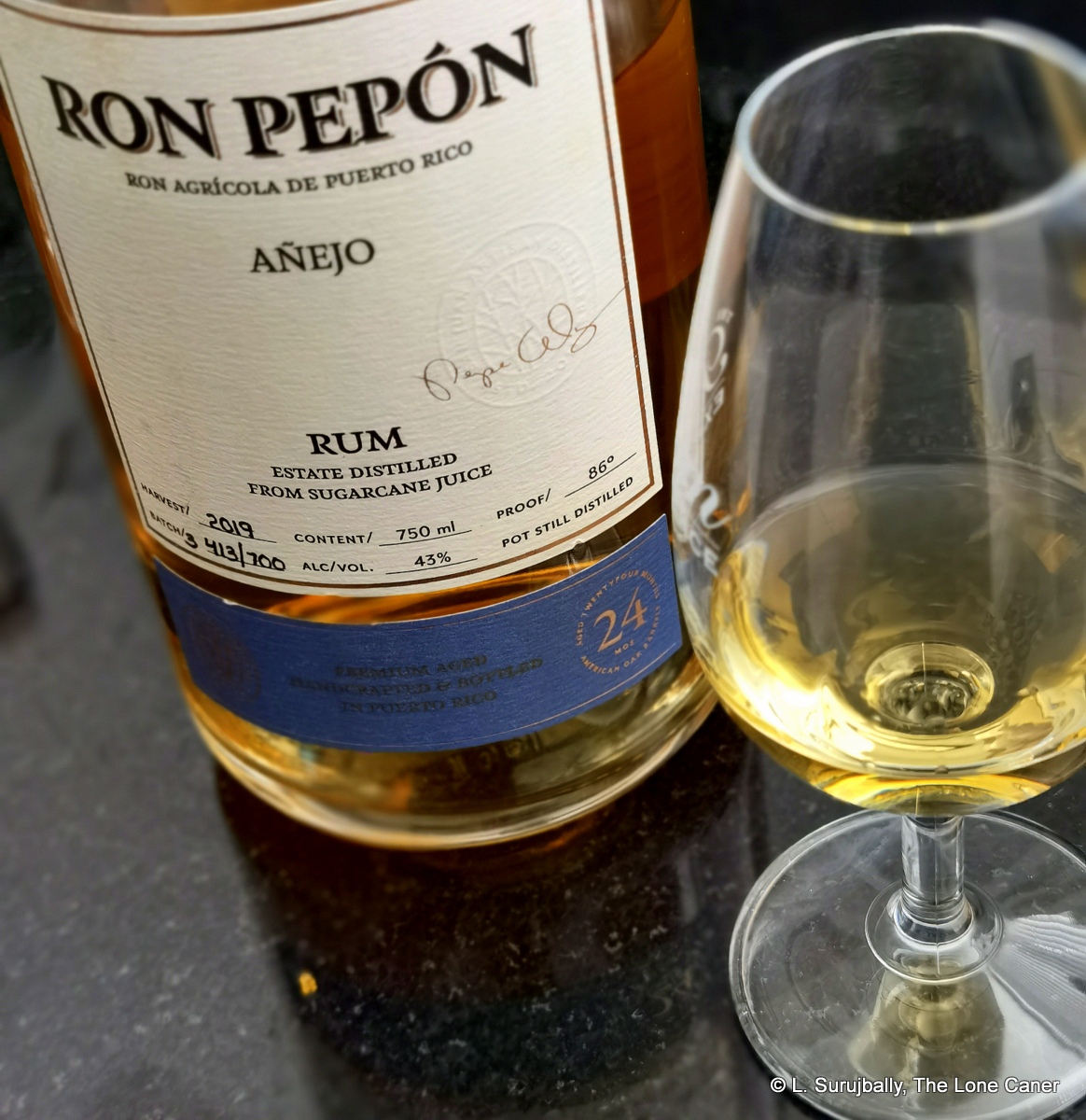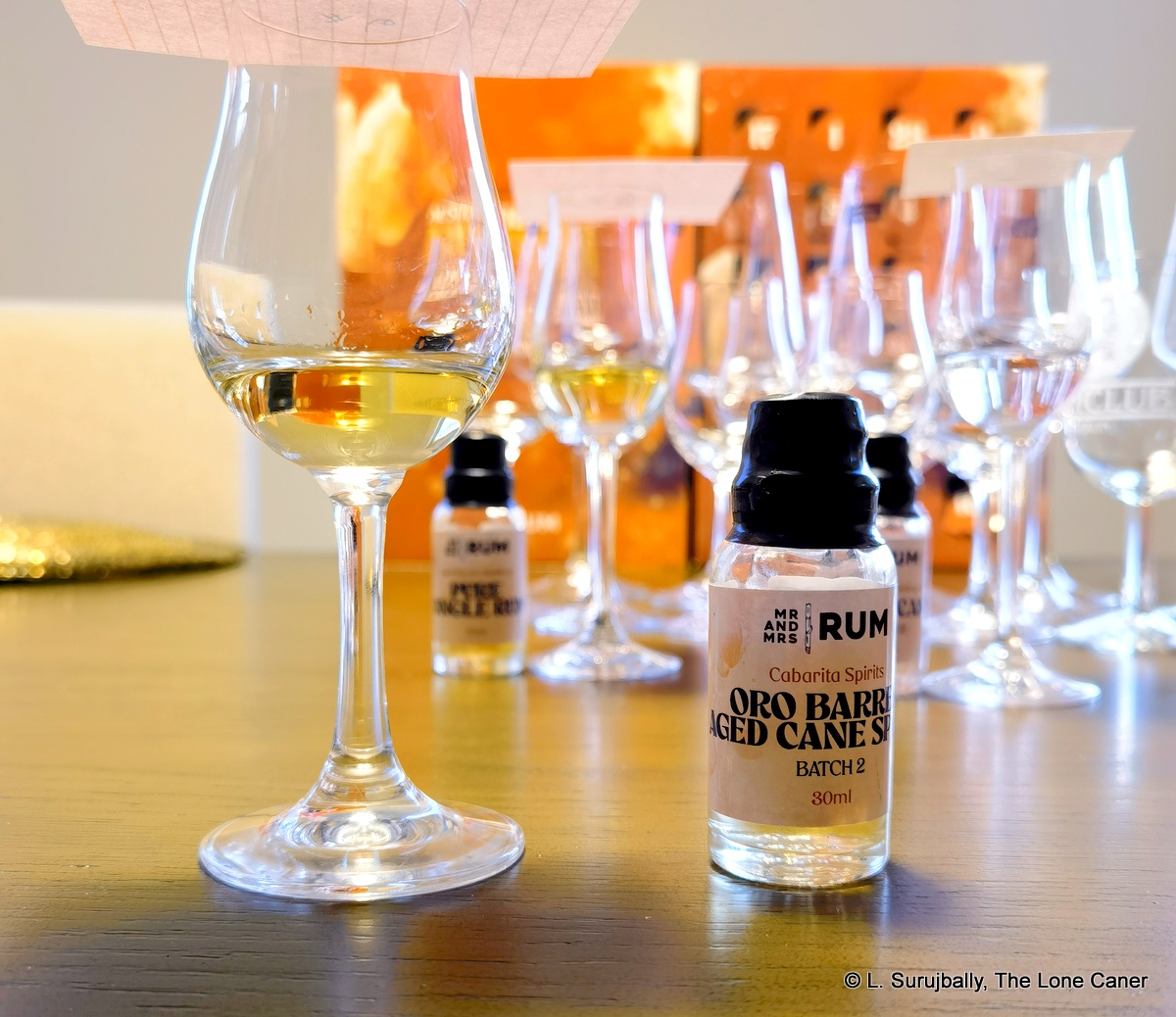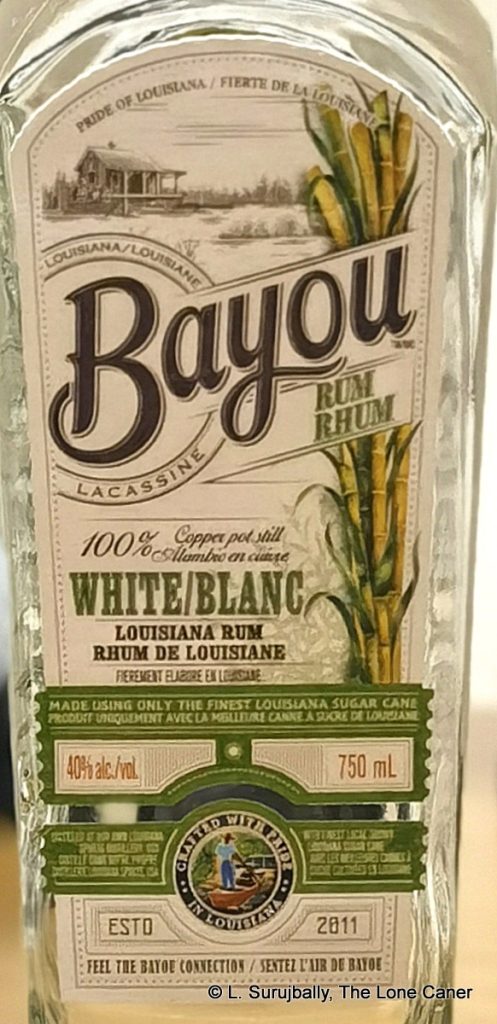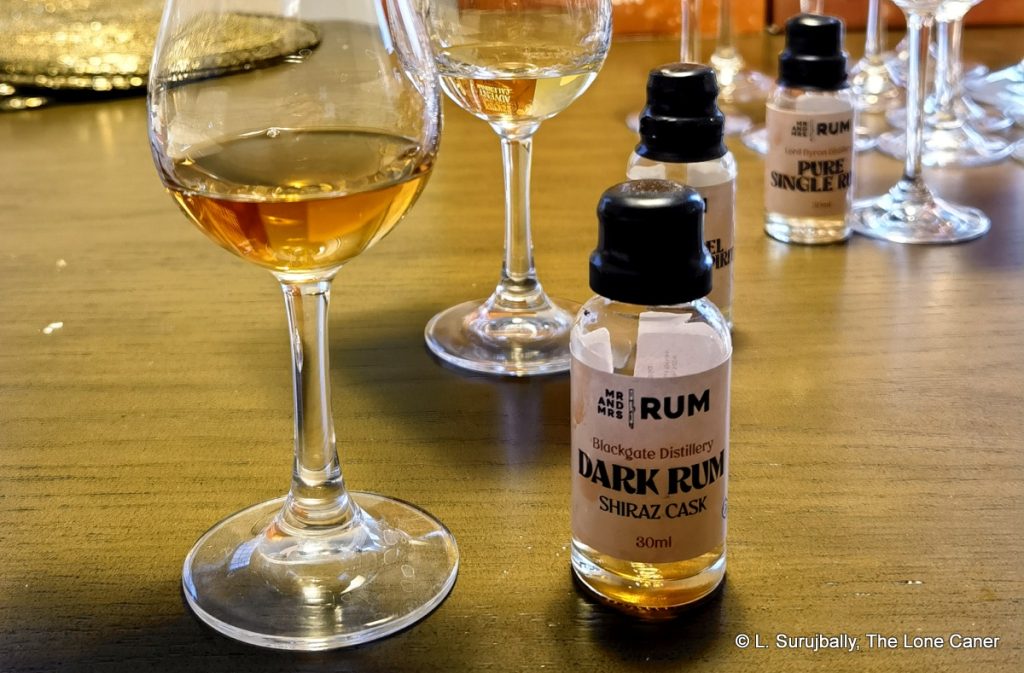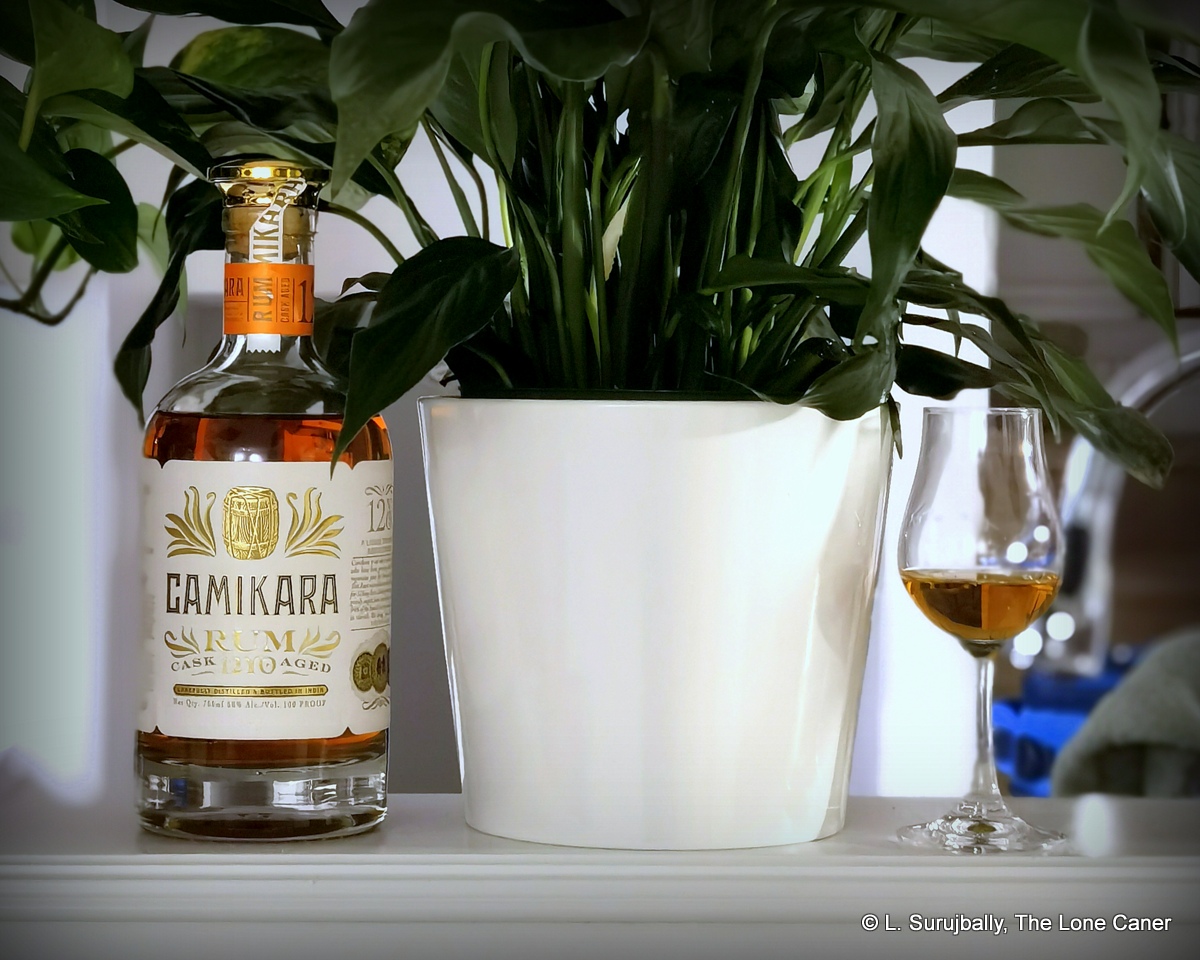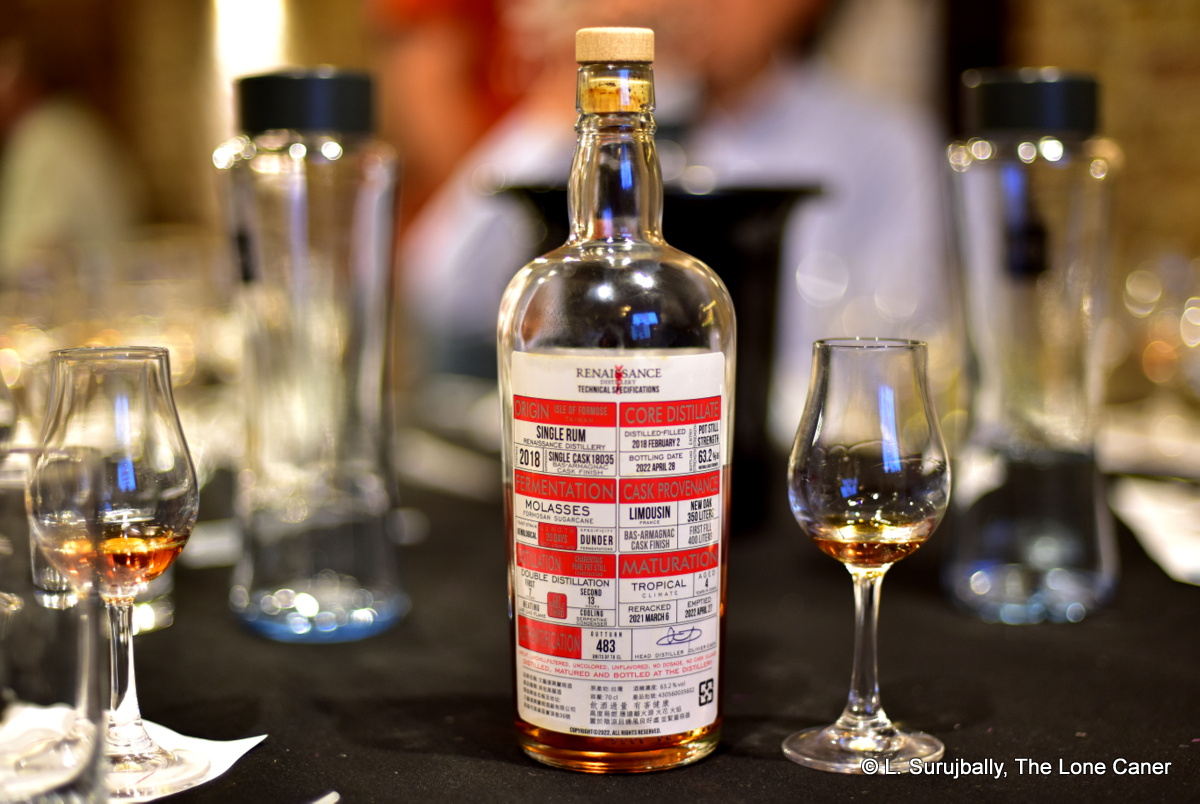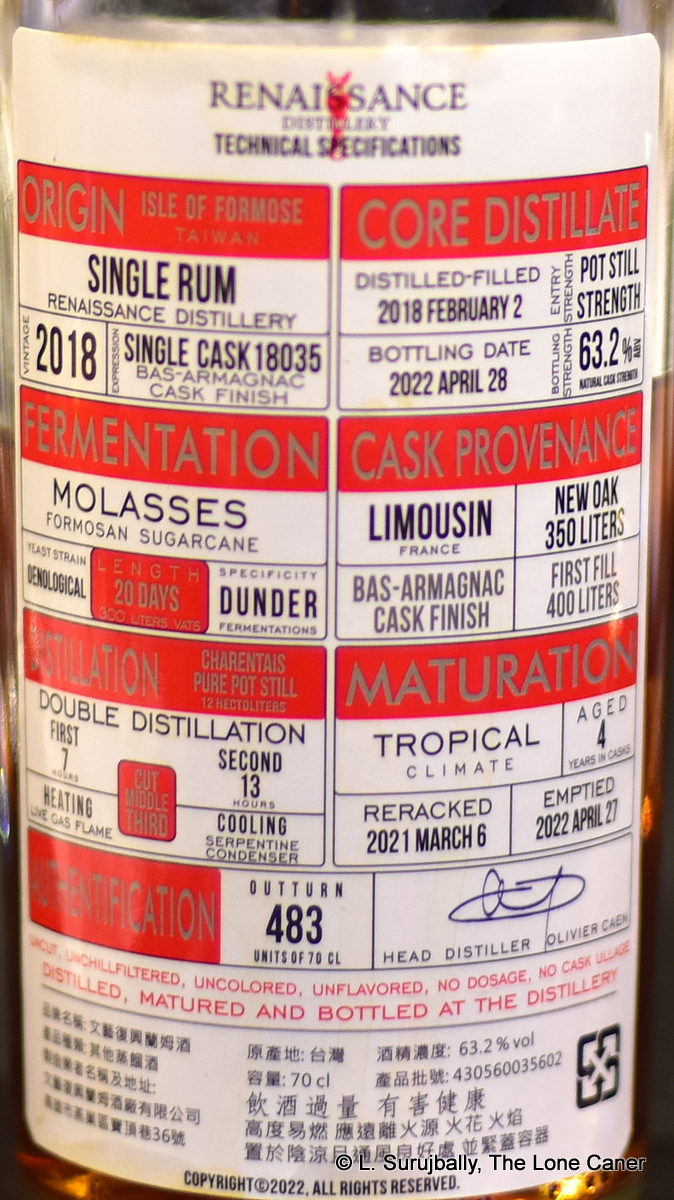Now here we’re approaching a distillery that moves away somewhat from the east coast of Australia where so many other rum making outfits are found, and situates itself firmly on the southern island of Tasmania (about which I could tell you plenty historical stuff, but may risk putting you to sleep and so shall desist).
In brief, this distillery, located in New Norfolk (get it?) in the Derwent Valley in southern Tasmania, just NW of Hobart, the capital, is on premises that once housed a hospital and asylum complex. It was established in 2019 by Tarrant Derkson, who decided to make a distillery that focused on rum, after realising there weren’t any such animals around, for reasons rooted in the same history I’ll just touch on here.
Now, from 1839 until 1992, spirit production — primarily whisky, for which there had once been sixteen distilleries — was prohibited in Tasmania, but the ban was eventually repealed. These days there are a few companies making rums, yet, similar to Australia, one gets the impression that in the main they move around gins and whiskies and rum is a sideline. Island Coast, Blackman’s Bay, Deviant Distillery, Knocklofty, Bridport Distilling are examples, making rum as a reflex nod to rounding out the portfolio rather than a prime focus (I make no judgement on this, it’s just economics and wherewithal, that’s all)
New Norfolk has no time for any of newfangled notions like portfolio diversity and resolutely makes rums, pretty much only rums, and amuse themselves by often using some very intriguing names for them. They currently produce various liqueurs, spiced rums and straightforward rums…but it is the 60% Drone Riot Wild Cane Spirit and the Diablo Robotico 66.6% pure single cask rum which really interest me, quite aside from this one, which is called Dormant Star for reasons that are probably related to it being dormant until released by cracking the bottle and quaffing it (something similar to the way Velier called one line of its rums “Liberation” and gave it the year of bottling not the year of laying it down to age.
The website production details are spartan at best but from photos and additional notes of the advent calendar we can infer the following: molasses based with some cane sugar for the ferments, which takes 7-14 days and results in a 12-14% wash which gets run through “Riley” their tame copper pot still, after which it is set to age in American oak for 2+ years. Now, according to Mrs and Mrs Rum, there is some minor dosage, but I didn’t get a chance to check it and anyway like I said, I tend to reserve judgement on this until I actually try the final product.
The nose is quite interesting: it opens with an initial aroma of dusty drywall, paint, varnish, rubber tyres and new leather upholstery of a car that sat too long in the sun (so maybe there’s an unsupervised house repairman running around the distillery?). This is balanced off by chocolates, nuts, vanilla, cardboard, rye bread, light fruits (papaya, pears, light green grapes, which is pleasant), and treacle over hot fresh pancakes, so there’s quite a bit to parse here.
The taste is a little less complicated. At 47.5% it’s firm and assertive, not particularly sharp, quite soft, a little sweet, and initial flavours are of honey plus fruits – bananas, pears, grapes, and guavas (the white ones), with some green apples providing that slight tart bite to cut the experience. There are also some light caramel and breakfast spices, vanilla and cinnamon, but one has to strain to pick those out and it’s hardly worth trying, as the finish does provide a summary of that as well, and overall it finishes quietly
This is a really nice, easygoing hot weather rum, the sort that’s quite sippable. If I had an issue with it at all it’s that it is too tame, not particularly complex and could showcase a bit more. It’s pleasant without attempting any exceptionalism, and what it succeeds at is not pissing anyone off – there is absolutely nothing wrong with it that a person who likes easier Spanish style rums would find fault with. For those who want something more brawny and uncompromising, this isn’t for you: for everyone else, it’s fine.
(#1076)(84/100) ⭐⭐⭐½
Other notes
- From the 2023 Australian Advent Calendar Day 16
- More details may be added later about the distillery background and production process, as I have some outstanding queries to them.
- I was told there was some light dosage here but have not confirmed this
- The five minute video recap is here.





